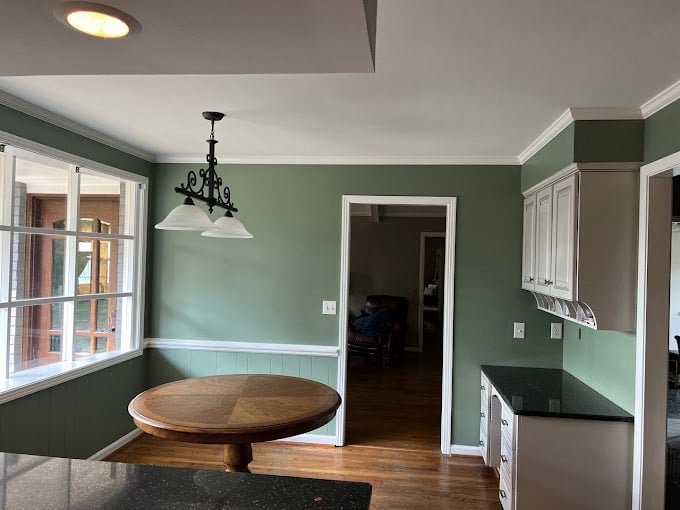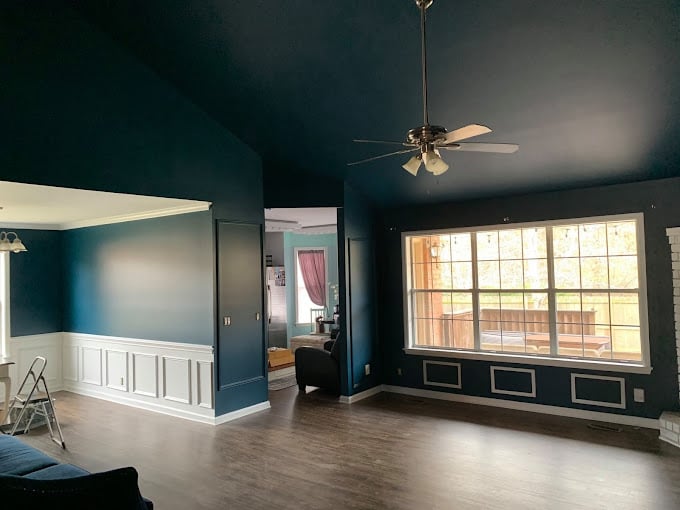
Effective Techniques for Interior Painting
Interior painting can transform your living space, making it look fresh and inviting. Whether you are painting a bedroom, kitchen, or bathroom, the right approach and tools are essential. This article will guide you through effective techniques for interior painting, focusing on room types, paint types, color selection, tools, and preparation.
